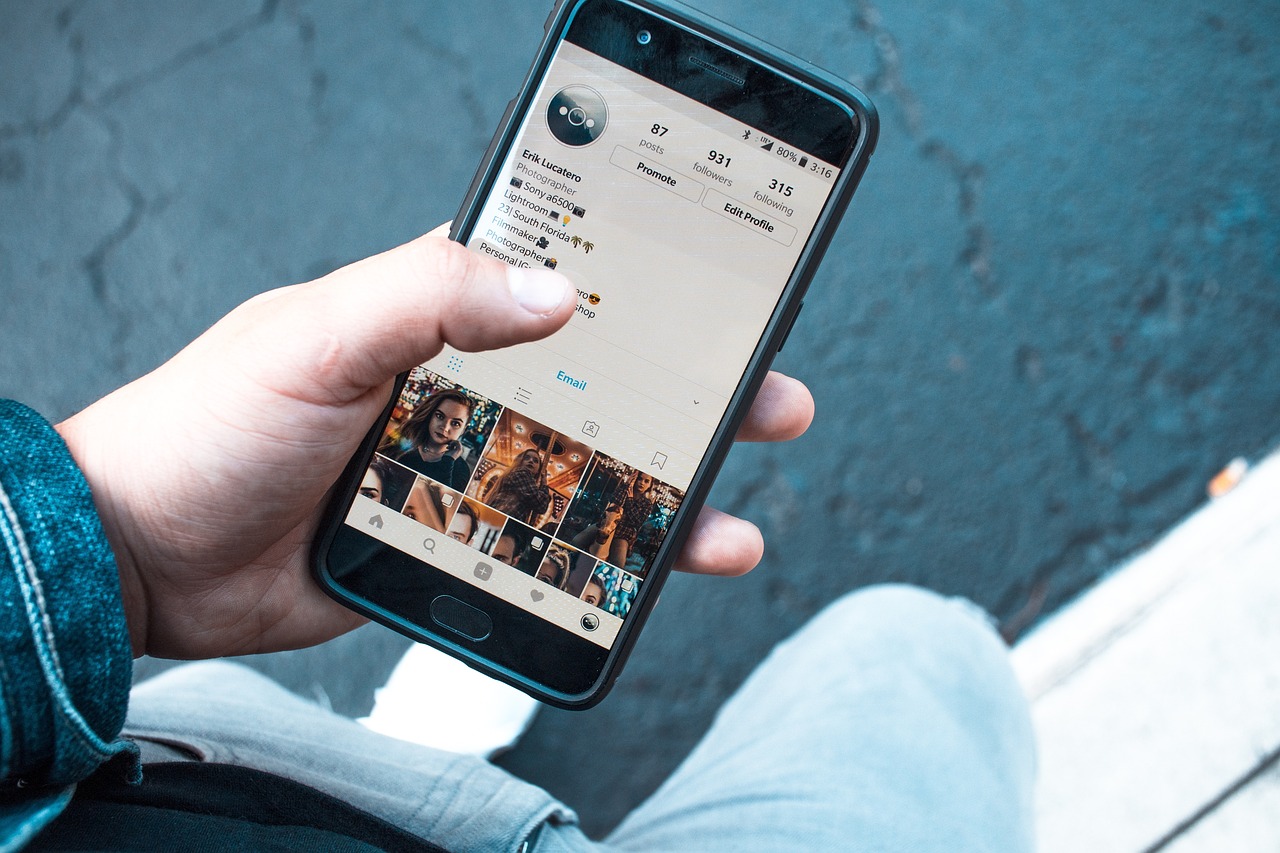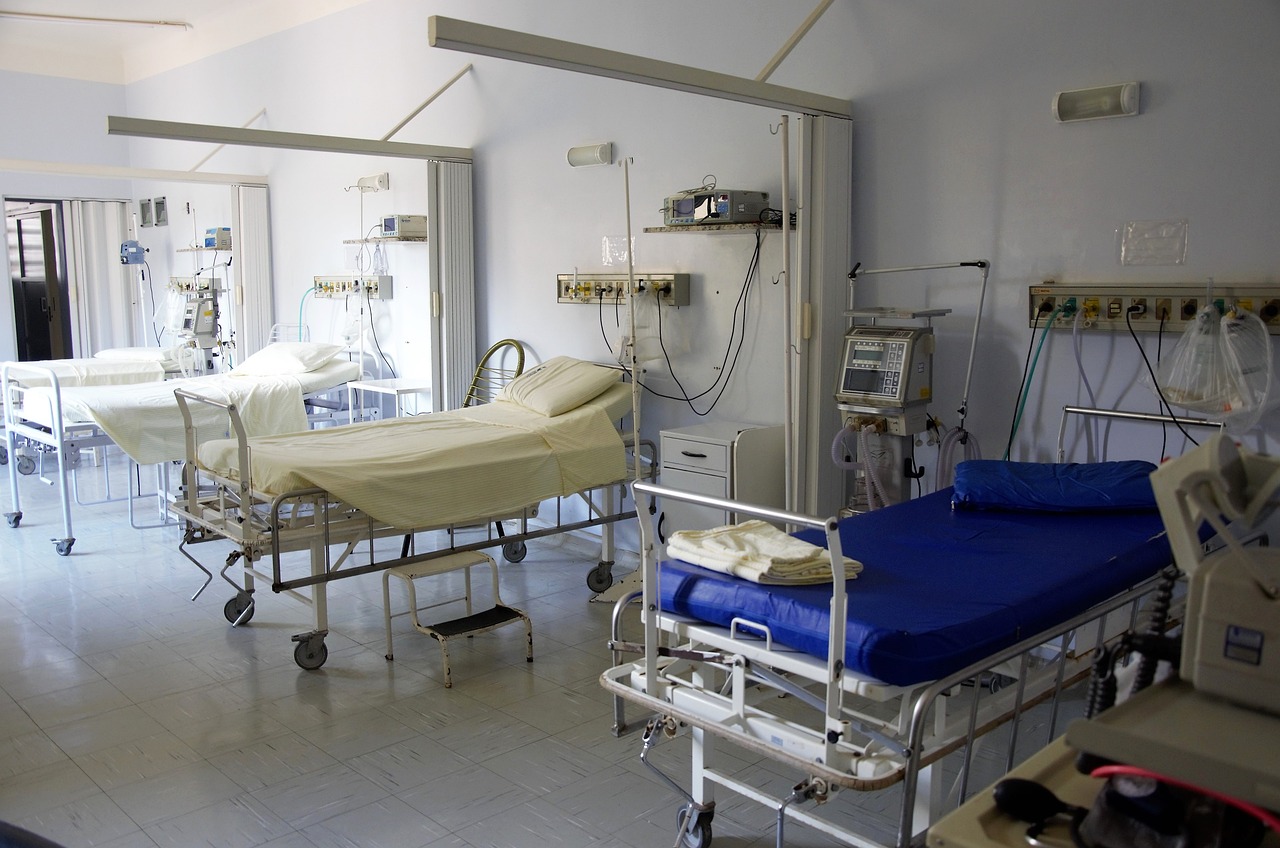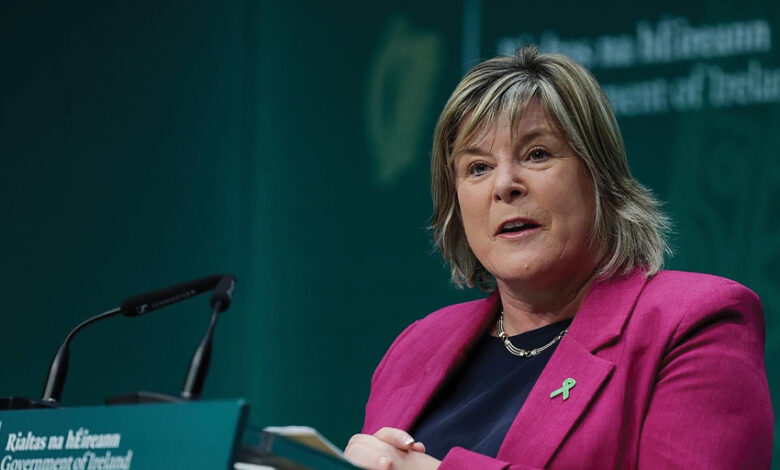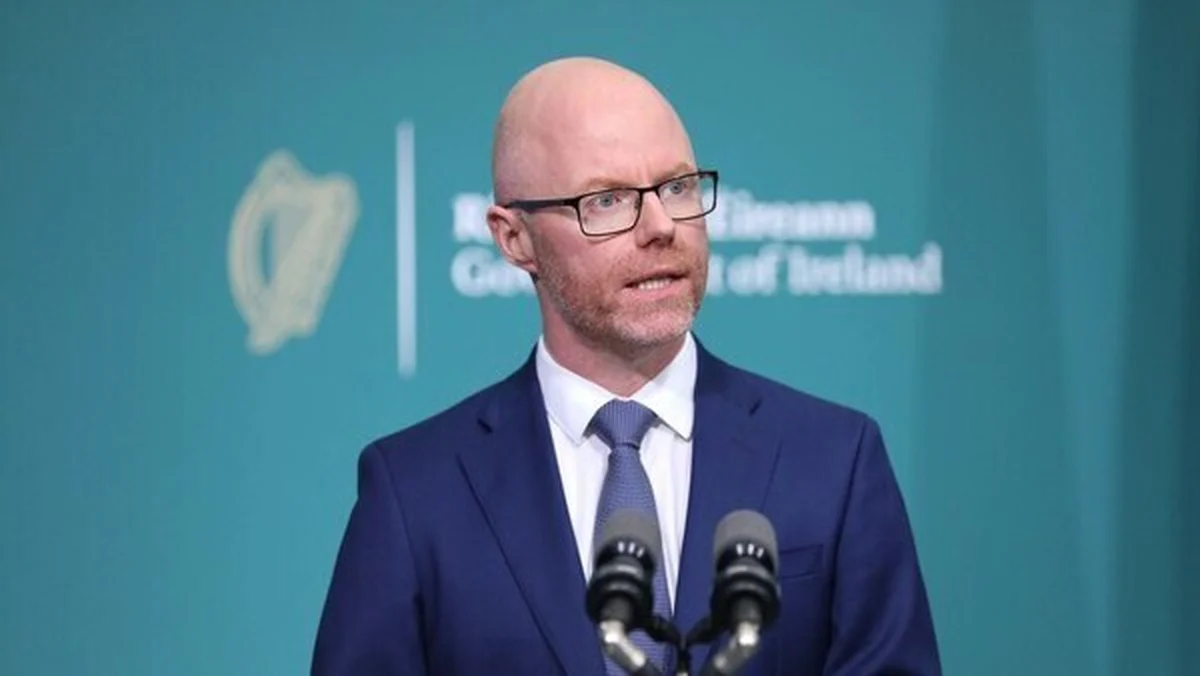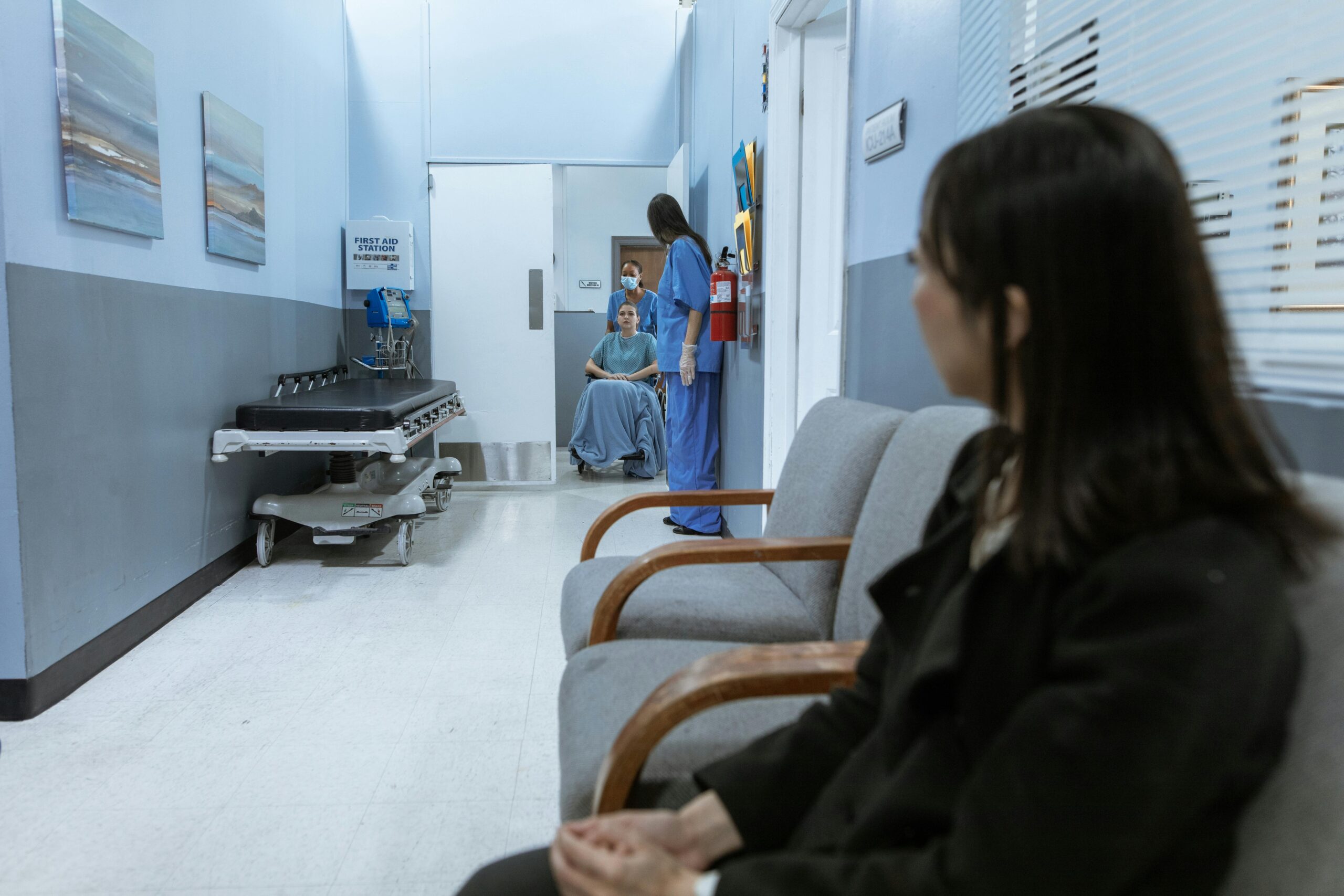Safeguarding our lives and our livelihoods

In a thought-provoking article, expert contributors to global consultancy firm McKinsey & Co outline the urgency to win the battle with Covid-19
Everything has changed. Just a few weeks ago, all of us were living our usual busy lives. Now, things normally taken for granted—an evening with friends, the daily commute, a plane flight home—are no longer possible. Daily reports of increasing infections and deaths across the world raise our anxiety and, in cases of personal loss, plunge us into grief. There is uncertainty about tomorrow; about the health and safety of our families, friends, and loved ones; and about our ability to live the lives we love.
In addition to the immediate concern about the very real impact on human lives, there is fear about the severe economic downturn that may result from a prolonged battle with the novel coronavirus. Businesses are being shuttered and people are losing their jobs. We think and hope there is a different option from the ones posed in a recent Wall Street Journal editorial that suggests that we may soon face a dilemma, a terrible choice to either severely damage our livelihoods through extended lockdowns, or to sacrifice the lives of thousands, if not millions, to a fast-spreading virus. We disagree. Nobody wants to have to make this choice and we need to do everything possible to find solutions.
Why is this the imperative of our time? From multiple sources and our own analysis, the shock to our lives and livelihoods from the virus-suppression efforts could be the biggest in nearly a century. In Europe and in the United States, the required “lockdowns” of the population and other efforts to control the virus are likely to lead to the largest quarterly decline in economic activity since 1933. We have never in modern history suggested that people not work, that entire countries stay at home, and that we all keep a safe distance from one another. This is not about GDP or the economy: it is about our lives and livelihoods.
We see enormous energy invested in suppressing the virus, while many urge even faster and more rigorous measures. We also see enormous energy go into stabilizing the economy through public-policy responses. However, to avoid permanent damage to our livelihoods, we need to find ways to “timebox” this event: we must think about how to suppress the virus and shorten the duration of the economic shock (Exhibit 1). And we must do both now!
To solve for both the virus and the economy, we need to establish behaviors that stem the spread of the virus, and work towards a situation in which most people can return to work, to family duties, and to social lives.
To date, the only proven way of containing the virus, once community transmission is widespread, is by enforcing significant lockdowns; disciplined physical distancing; testing; and contact tracing. China, Japan, Singapore and South Korea have shown that these measures can stop the virus from spreading and enable economic activity to resume, at least to some extent. Everyone is closely following the developments in Italy and many other nations to find out whether the control measures there are sufficient to slow the growth of new infections and fatalities. Our common goal must be to implement the best possible response to stop this crisis.
At the same time, global and local leaders are also considering the economic impact of such measures. What will happen if many businesses stop operating or have to significantly reduce their activity? For how long can we do that? How deep an economic shock can we sustain without causing human suffering that our societies are unable or unwilling to bear?
In the following sections, we offer ways to think about these pressing issues.
Dealing with the uncertainty related to COVID-19
- The spread of COVID-19. How many new infections will we have? Is the mortality rate falling? Will the spread of the virus show any seasonality? Will a new strain of the virus evolve?
- The public-health response in each country, state, municipality. Will there be lockdowns? Will it still be possible to go to work? Will factories be allowed to operate? Do we need to submit to an official quarantine center upon arrival, or can we self-quarantine?
- The impact on the economy and our livelihoods. Will companies suffer and go bankrupt? Can the supply of essential goods and services be maintained? Will we have a job? How long will this last?
- The consequences for our lives. Will we be able to avoid infection? Are our loved ones safe? Can we still train for the sporting event we have been preparing for? Can we earn university degrees, now that many schools are closed and exams canceled?
These and a million more questions are racing through our minds, adding stress to the already challenging reality of living in the time of the coronavirus.
Two things are reasonably certain: If we do not stop the virus, many people will die. If our attempts to stop the pandemic severely damage our economies, it is hard to envision how there will not be even more suffering ahead.
The impact of lockdowns on consumption and economic activity
We are learning what happens during a lockdown of the kind implemented in China, Italy, and increasingly across Europe and the United States: economic activity drops more sharply than any of us have experienced. People do not shop, other than for essentials; people do not travel; people do not buy cars.
We estimate that 40 to 50 percent of discretionary consumer spending might not occur. In every recession, people will cut back on purchases that can easily be postponed (such as cars and appliances), and increase precautionary saving in anticipation of a worsening crisis. What makes the coronavirus pandemic different is that people will also eliminate spending for restaurants, travel, and other services that usually fall but do not drop to zero.
A 40 to 50 percent drop in discretionary spending translates to a roughly 10 percent reduction in GDP—without considering the second- and third-order effects. That’s not only unprecedented in modern history, it has been historically almost unimaginable—until now.
Already, we have some factual evidence for an economic shock on this scale, such as the COVID-19-related economic downturn in China, and early indications in US “high-frequency data” such as credit-card spending.
The longer a lockdown is in place, the worse the impact on our lives will get. To visualize what this means for people in lockdown areas, imagine cab drivers whose customers are not allowed to go onto the streets; professional chefs whose restaurants have been forced to close; and grounded flight attendants, their planes parked at the airports—for months. With 25 percent of US households living from paycheck to paycheck, and 40 percent of Americans unable to cover an unexpected expense of $400 without borrowing, the impact of extended lockdowns for many, many people will be nothing short of catastrophic.
The answer cannot be that we accept that the pandemic will overwhelm our healthcare system, and thousands, if not millions, will die. But can the answer be that we cause potentially even greater human suffering by permanently damaging our economy?
Bounding the uncertainty around this crisis
The worst and most typical reactions for humans when confronted with high uncertainty are to freeze, or to jump to a simple answer, such as “this problem will go away as quickly as it came, it is just like the annual flu.” COVID-19 is particularly challenging in this regard because the majority of those infected will feel only minor symptoms, or none at all. It is an invisible but pernicious enemy. We must try to bound the uncertainty with reason and think about solutions within a limited number of scenarios that could evolve.
Next we describe the impact of COVID-19 on the world’s economy along two dimensions which will primarily drive the outcomes of the crisis for all of us:
- The economic impact of the Virus Spread: the characteristics of the virus and its disease, such as transmission modes, rates, and mortality rates; and Public-Health Response, such as lockdowns, travel bans, physical distancing, comprehensive testing, contact tracing, health care provision capacity, the introduction of vaccines and better treatment methods
- The economic impact of the Knock-on Effects of the public-health responses, such as rising unemployment, shuttered businesses, corporate failures, credit defaults, falling asset prices, market volatility, and financial system vulnerabilities; and Public-Policy Responses to mitigate these knock-on effects, such as policies to prevent widespread bankruptcies, support incomes for furloughed workers, and protect the financial system and the viability of the most affected sectors.
In terms of Virus Spread and Public-Health Response, we currently see three “archetypes” of interventions and outcomes:
- A strong public-health response succeeds in controlling the spread in each country within two to three months, and physical distancing can be phased out quickly (as seen in China, Taiwan, Korea, and Singapore).
- Public-health response succeeds at first, but physical distancing has to continue (regionally) for several additional months to prevent viral resurgence.
- Public-health response fails to control the spread of the virus for an extended period of time, perhaps until vaccines are available, or herd immunity is achieved.
In terms of Knock-on Effects and Public-Policy Response, we anticipate three potential levels of effectiveness:
- Ineffective: self-reinforcing recession dynamics kick in; widespread bankruptcies and credit defaults; potential banking crisis
- Partially effective: policy responses offset economic damage to some degree; a banking crisis is avoided; but high unemployment and business closures mute the recovery
- Highly effective: strong policy response prevents structural damage to the economy; a strong rebound after the virus is controlled returns the economy to pre-crisis levels and momentum, as justified by the economy’s fundamentals.
If we combine these three archetypes of viral spread and three degrees of effectiveness of economic policy, we see nine scenarios for the next year or more (Exhibit 2).
We believe that many currently expect one of the shaded scenarios, A1–A4, to materialize. In each of these, the COVID-19 spread is eventually controlled, and catastrophic structural economic damage is avoided. These scenarios describe a global average, while scenarios will inevitably vary by country and region. But all four of these scenarios lead to V- or U-shaped recoveries.
Other, more extreme scenarios can also be conceived, and some of them are already being discussed (B1–B5). One cannot exclude the possibility of a “black swan of black swans,” with structural damage to the economy, caused by a year-long spread of the virus until a vaccine is widely available, combined with lack of policy response to prevent widescale bankruptcies, unemployment, and a financial crisis. This would result in a prolonged L- or W-shaped economic trajectory. With the number of new cases expanding exponentially in many countries in Europe and in the United States, we cannot exclude these more extreme scenarios for now.
However, as we still have little information about the probability of more extreme scenarios, we focus on the four that are more tangible for now. Within the next week, we will add breadth and depth to this view, working closely with Oxford Economics to develop several macroeconomic scenarios for each country, and for the world.
Making it real: How this could unfold
With a little bit of luck, China will undergo a sharp but brief slowdown and relatively quickly rebound to pre-crisis levels of activity. While GDP is expected to drop sharply in Q2 2020, some signs of normal life are returning in Beijing, Shanghai, and most major cities outside Hubei. In this scenario, China’s annual GDP growth for 2020 would end up roughly flat, wiping out the growth of 6 percent we expected just three months ago. Nevertheless, by 2021, China’s economy would be on the way to regaining its pre-crisis trajectory, if not adversely affected by developments in the rest of the world.
In this scenario, the virus in Europe and the United States would be controlled effectively with between two to three months of economic shutdown. Monetary and fiscal policy would mitigate some of the economic damage with some delays in transmission, so that a strong rebound could begin after the virus was contained at the end of Q2 2020. This would place Europe and the United States in scenario A3 (Exhibit 3).
Even in this optimistic scenario, however, all countries would experience sharp GDP declines in Q2, most of which would be unprecedented. Consumer spending in most advanced economies accounts for roughly two-thirds of the economy, and about half of that is consumer discretionary spending. Real-time data suggests that spending on durable goods including automobiles in areas affected by shutdowns could fall as much as 50 to 70 percent; spending on airline flights and transportation could fall by about 70 percent; and spending on services such as restaurants could decline in affected cities by 50 to 90 percent. Overall, as mentioned earlier, consumer discretionary spending could abruptly fall by as much as 50 percent in areas subject to shutdowns.
While increased government spending would help offset some of the economic impact, it is unlikely to offset rapidly enough nor in full. We estimate that the US could see a decline in GDP at an annualized pace of 25 to 30 percent in Q2 2020; major economies in the eurozone are expected to turn in similar numbers when all is said and done. To put this in perspective, the largest quarterly decline in GDP in the 2008–09 financial crisis occurred at an annualized pace of 8.4 percent in Q4 2008. The pace of decline would far outstrip any recession since the Second World War (Exhibit 4).
A darker picture of the future
Of course, it is entirely possible that countries are not very effective in controlling the virus, or in mitigating the economic damage that results from efforts to control the virus spread. In this case, economic outcomes in 2020 and beyond would be even more severe.
In this more pessimistic scenario, China would recover more slowly and would perhaps need to clamp down on regional resurgences of the virus. It would also be hurt by falling exports to the rest of the world. Its economy could face a potentially unprecedented contraction.
The United States and Europe could also face more dire outcomes in this scenario. They could fail to contain the virus within one quarter and be forced to implement some form of physical distancing and quarantines throughout the summer. This could end up producing a decline in GDP at an annualized pace of 35 to 40 percent in Q2, with major economies in Europe registering similar performance. Economic policy would fail to prevent a huge spike in unemployment and business closures, creating a far slower recovery even after the virus is contained. In this darker scenario, it could take more than two years before GDP recovers to its pre-virus level, placing both Europe and the United States in scenario A1 (Exhibit 5).
The economic impact in these scenarios would be unprecedented for most people living today in advanced economies. Developing countries that have faced currency crises have some experience in events of this order of magnitude.
We are not writing to predict that this will happen but rather issuing a call to action: to take the measures needed to stop the spread of this virus and the damage to the economy as quickly as humanly possible. As we write this, countries in Europe and the United States have not yet taken the strong public-policy responses needed to effectively contain the virus. If we do not act to contain the virus quickly, then the scale of economic destruction that comes with extended lockdowns would become more likely, with severe consequences for our livelihoods.
Safeguarding our lives and our livelihoods
To solve the conundrum of how to save lives without destroying our livelihoods, we must find ways to make lockdowns effective, such that they break the trajectory of the virus in as short a time as possible. The effectiveness of lockdowns will be measured in their ability to control the spread of COVID-19.
East Asian nations have shown this can be done through enforcing stringent lockdowns, surveillance, and monitoring of people’s movements. As we write this, similar actions in most of Europe and the United States have so far been narrower, less vigorous, and not as effective. To be sure, these steps are challenging to enact in the West. But to break the momentum of the virus, we must act decisively.
The world’s answer to breaking the conundrum will need to be robust, no matter whether we fully control the spread of the virus and prevent resurgence (ahead of vaccines or treatment innovations), or whether we cannot fully contain the virus and need to rely on continuing interventions for some time. In both cases we must find ways to protect lives and livelihoods.
We propose to move much faster in establishing comprehensive and clear Behavioral Protocols to allow authorities to safely release some parts of the blanket lockdown measures that choke our livelihoods today. These can only work if we also find Acceptable Enforcement Mechanisms for these protocols so that we do not run the risk of placing socially unacceptable demands on people.
Behavioral Protocols
These protocols are guidelines on how to operate businesses and provide government services under pandemic conditions. Some of these protocols are already in use. Could they be more widely adopted?
- Courageous healthcare professionals work in hospitals where the virus is rampant; they have strict rules regarding all aspects of their tasks, movements, and behaviors to keep them and their patients safe. Could your supermarket operate safely with these kinds of rules in place?
- In high-tech factories in China today, every person must have passed a COVID-19 test. Everybody. How would you feel about entering a plane today, if you knew that every passenger, crew member, and maintenance worker in contact with the plane had tested negative for the virus?
- Some restaurants have already shifted entirely to home delivery, changing their business model and protocols to adapt to the virus. Could you operate your own service business safely by adopting new protocols?
These protocols cannot be static. Today, lockdowns are often implemented uniformly for everybody, everywhere, regardless of specific infection risks. Imagine a world in which, based on a deep understanding of infectious risks, tailored sets of protocols with different levels of rigor could be implemented for every city, every quarter, and suburban neighborhood.
Such dynamic protocols are technically possible. Modern technologies and data analytics can help track and predict infection threat levels to vulnerable population segments and areas; protocols and public-health interventions can be dynamically adjusted to provide protection when and where needed.
With such protocols, lockdown measures could be eased faster, for more people, in more places, while still maintaining the effectiveness of public-health interventions to control the virus. Much greater availability of personal protective equipment and test kits is also essential, of course.
Acceptable Enforcement Mechanisms
This is the harder part. How do we get everybody to accept the consequences of creating and implementing such behavioral protocols? The areas of sensitivity are many, including our personal freedoms, right to privacy, and fairness in access to services. There are no uniform answers to these issues. The level of sensitivity in each of these areas differs by country, and there also are huge differences in what is socially acceptable. In each country, people will have to work together to find ways to enforce behavioral protocols that fit their specific situation and circumstances. But make no mistake, the starting point will not be pre-COVID-19 social and societal norms—it will be the blanket lockdowns now in place across many countries.
In Hong Kong, the government has extended COVID-19 testing to all arriving passengers. It will allow asymptomatic travelers with the disease to self-quarantine at home. But because of the high risk of further transmission, the country requires these people to wear electronic wristbands to “geo-fence” them in their home. Compliance is enforced with the threat of long prison terms for violations.
We will need to develop and enforce protocols that allow us, as quickly as possible, to release some of the most stringent measures in appropriate places. And for that to happen, each government will need to find effective, yet socially acceptable ways of enforcing these measures and new protocols.
We need a plan to achieve both imperatives—Now!
We will keep updating our scenarios, and we hope that in coming weeks we will have a better sense for which scenario the world is likely to follow. However, a few things are already clear:
- This could be the most abrupt shock to the global economy in modern history.
- There is a real risk for our lives and our livelihoods to suffer permanent and possibly irreversible damage from this crisis.
- While we must take actions to control the spread of the virus and save lives vigorously, we must also take action to protect our livelihoods.
- Behavioral protocols and dynamic interventions could help us release lockdowns earlier, get most people back to work, and get everybody’s lives back on track.
As Angela Merkel said last week in an appeal to Germany, and others have echoed, our ability to come through this crisis will primarily depend on the behavior of each of us. The initial and immediate lockdowns are necessary to break the spread of the virus and safe lives. We believe that with the right protocols in place, and people following these protocols, the lockdown constraints can be gradually released sooner rather than later.
The question is: Can the world work fast enough on these protocols, and can we get societal acceptance to enforce them? If so, we should be able to control the virus, soften the inevitable economic crisis to sustainable levels, and safeguard our lives and livelihoods.
That is the imperative of our time.
Copyright McKinsey & Co – the Full article can be read here
About the author(s)
Sven Smit is a senior partner in McKinsey’s Amsterdam office; Martin Hirt is a senior partner in the Greater China office; Kevin Buehler is a senior partner in the New York office; Susan Lund is a partner in the Washington, DC, office; Ezra Greenberg is an expert associate partner in the Stamford office; and Arvind Govindarajan is a partner in the Boston office.
You might also like
For relevant updates on Emergency Services news and events, subscribe to EmergencyServices.ie


